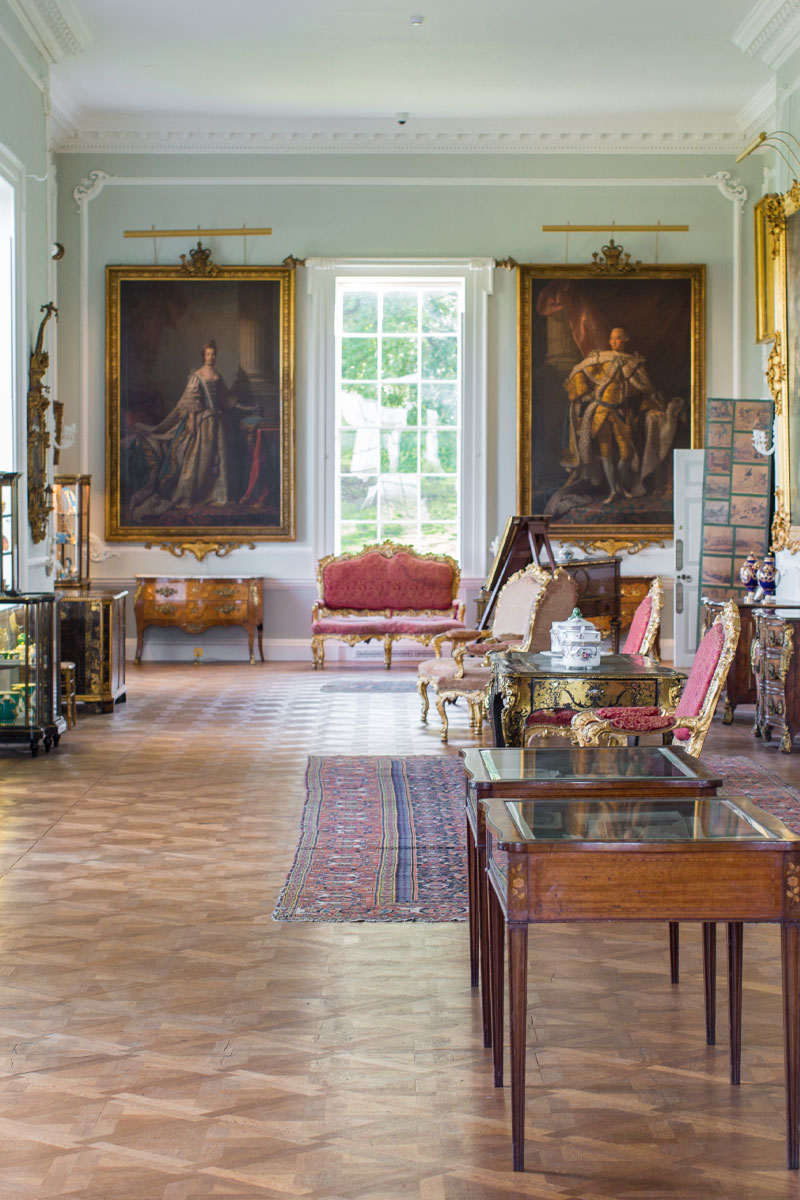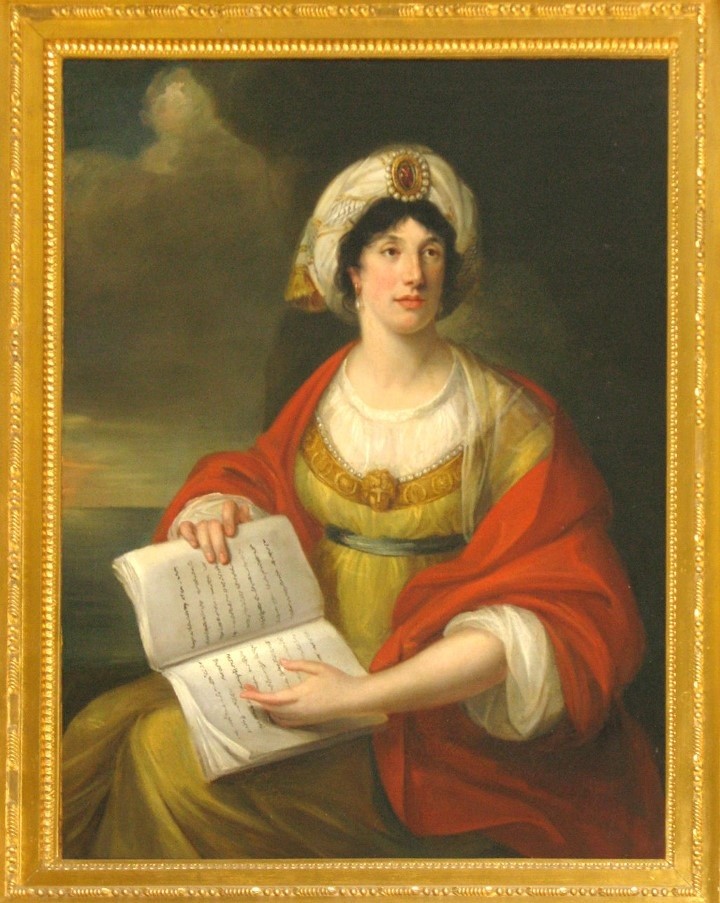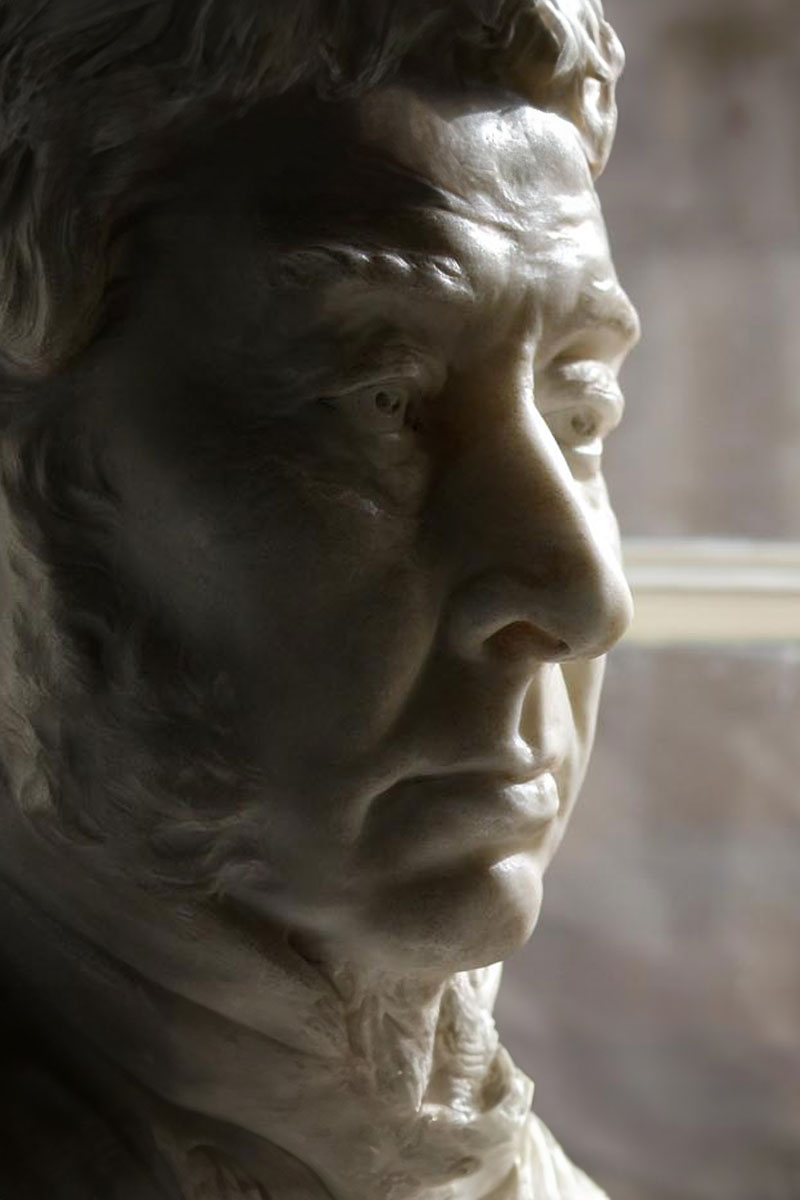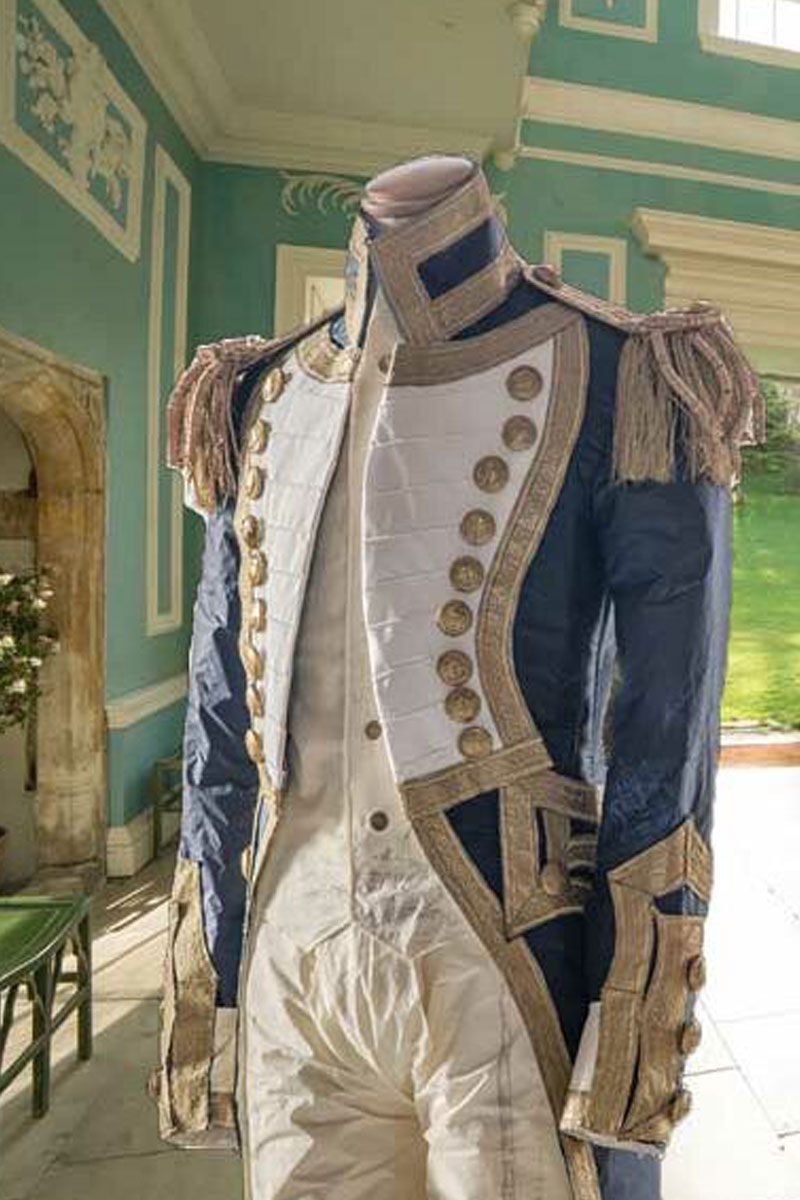Firle Place
Nestled in the foothills of the South Downs, Firle Place offers a captivating fusion of Tudor and Georgian influences. This cherished residence has been the home of the Gage family for over five centuries.

Firle Place & House Opening
Today, the house showcases remarkable collections of Old Masters including portraits by Van Dyck, Reynolds, and Gainsborough, complemented by a curated ensemble of English and European furniture and an impressive array of Sèvres porcelain.
Firle Place is open until 22nd October 2025 (Sunday, Monday, Tuesday and Wednesday afternoons).
Firle Place will be closed to the public on Wednesday 25th June 2025 for a private event.

Group Bookings
We welcome pre-booked groups of between 15 and 45 people for private tours on Sunday, Monday and Tuesday mornings during the house opening season.
Please contact us to discuss your requirements.
events@firle.com
01273 977364

Tea Room & Terrace
The Firle Place Tea Room and Terrace is open from Sunday until Wednesday during the house opening season, serving sandwiches, cream teas and a selection of cakes
Opening hours are 11.30am until 4.30pm
A ticket for the house is not required to visit the tea room; all are welcome
For tea room enquiries email events@firle.com

News & Articles

The Collection
Firle Place contains one of the most significant and historic private collections of old master paintings, furniture and porcelain in Southern England and is the only place in the country where a portion of the celebrated Cowper collection may be viewed.

Past Exhibitions


